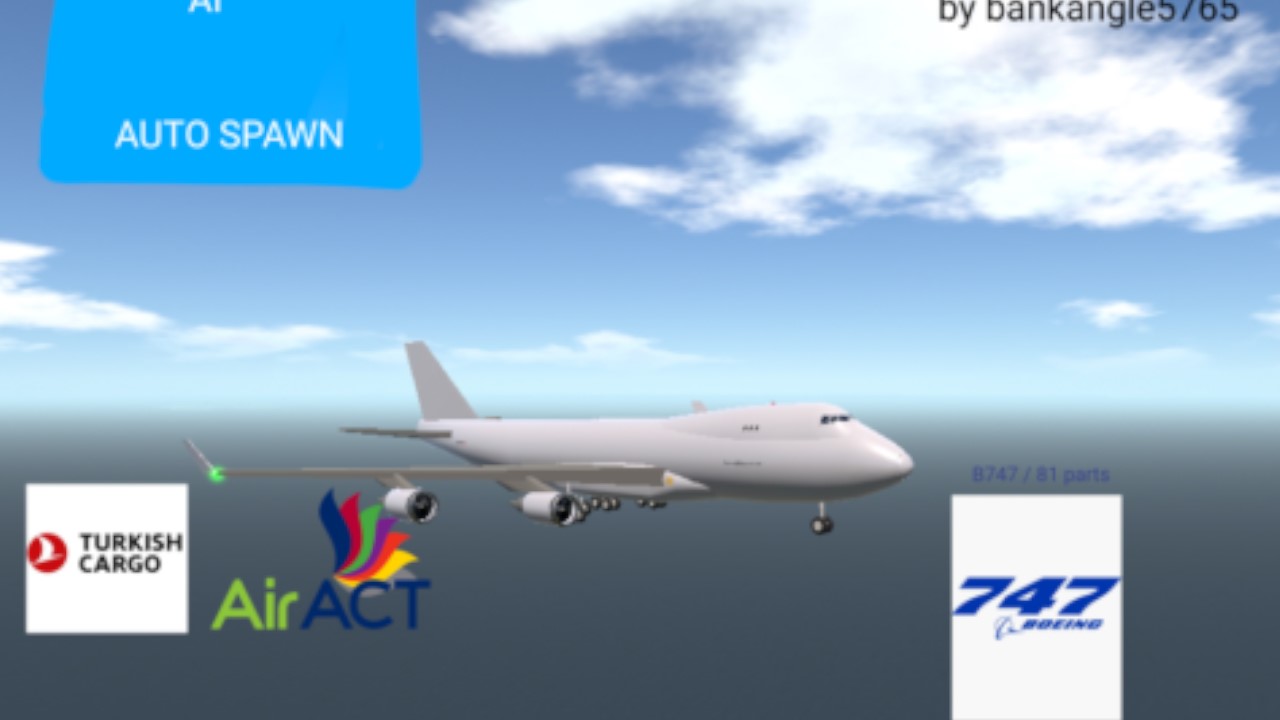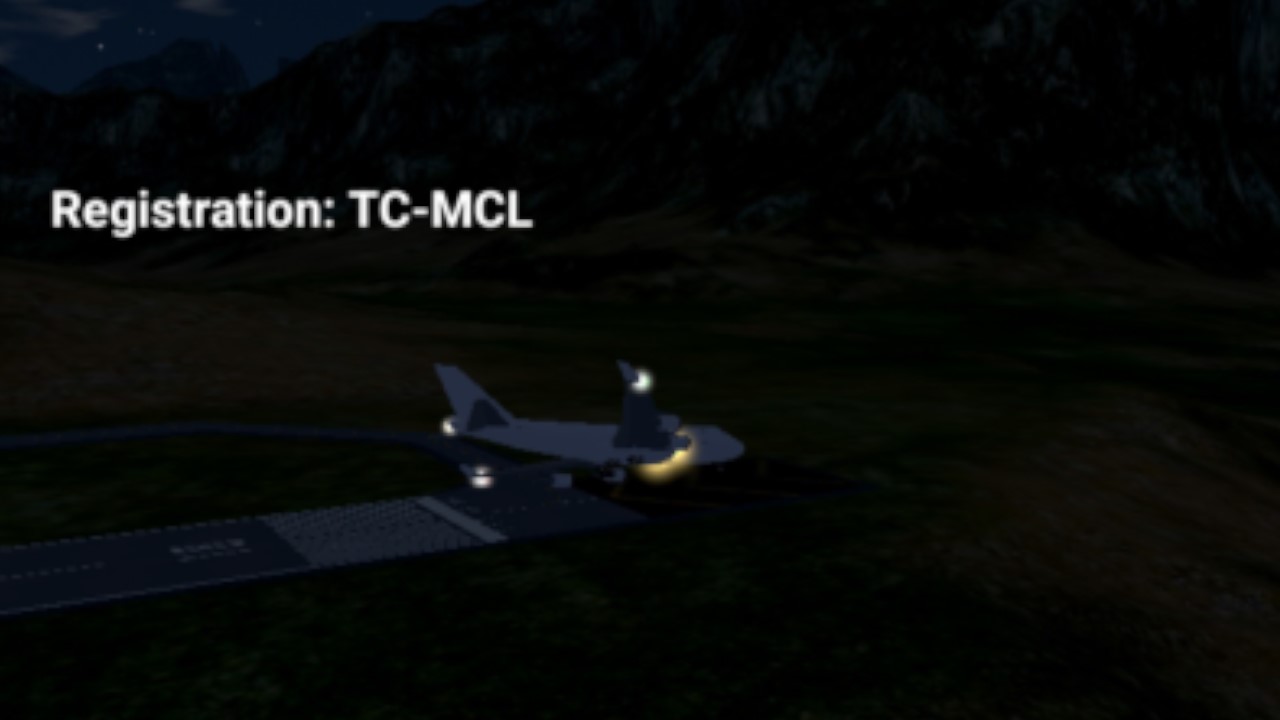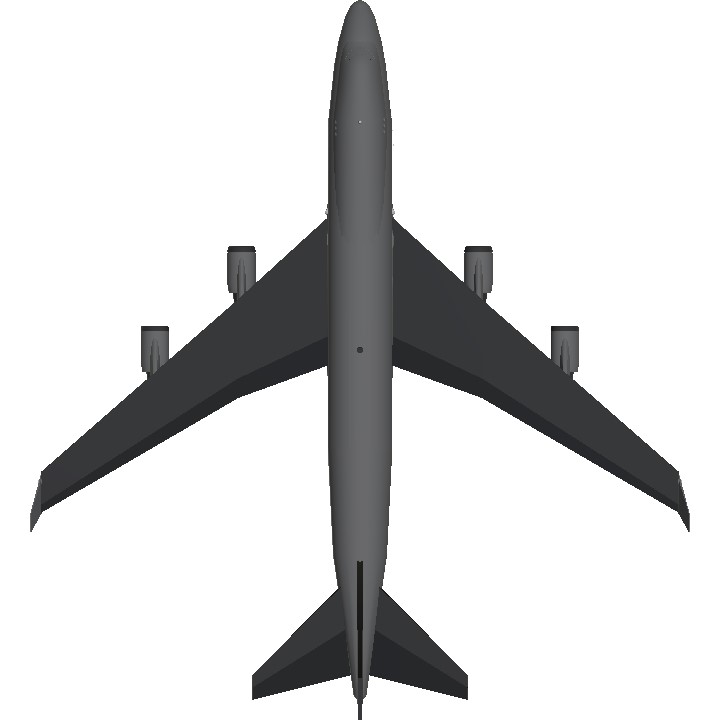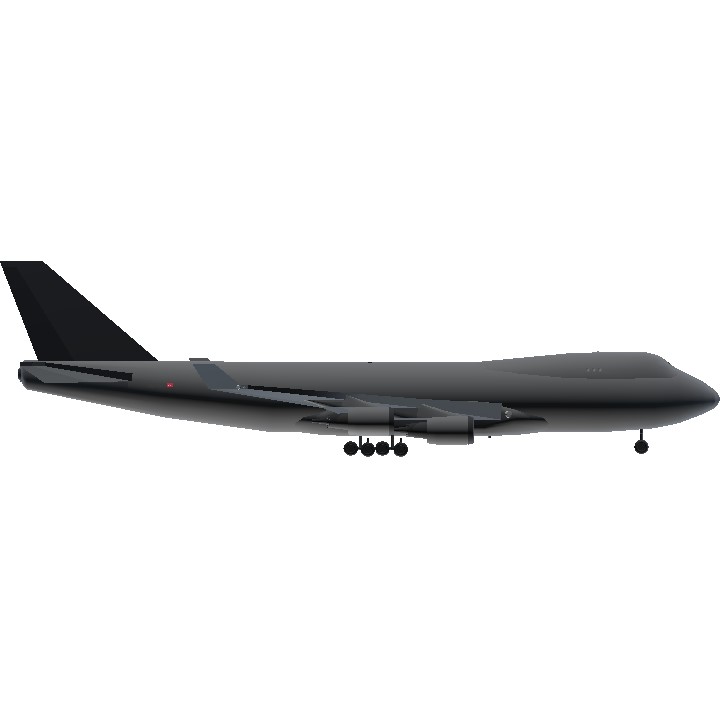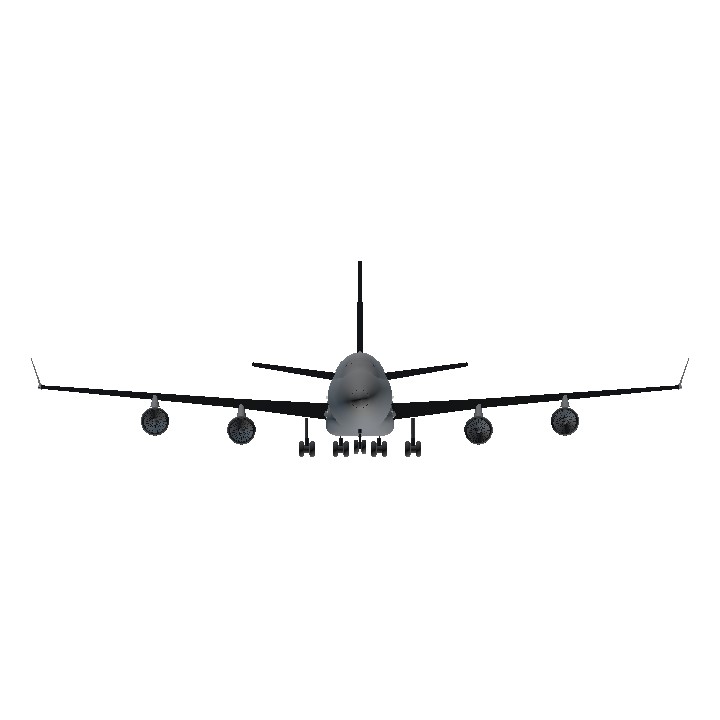About Boeing 747-400
The Boeing 747-400 is a large, long-range wide-body airliner produced by Boeing Commercial Airplanes, an advanced variant of the initial Boeing 747. The "Advanced Series 300" was announced at the September 1984 Farnborough Airshow, targeting a 10% cost reduction with more efficient engines and 1,000 nautical miles [nmi] (1,900 km; 1,200 mi) of additional range. Northwest Airlines became the first customer with an order for 10 aircraft on October 22, 1985. The first 747-400 was rolled out on January 26, 1988, and made its maiden flight on April 29, 1988. Type certification was received on January 9, 1989, and it entered service with NWA on February 9, 1989. It retains the 747 airframe, including the 747-300 stretched upper deck, with 6-foot (1.8 m) winglets. The 747-400 offers a choice of improved turbofans: the Pratt & Whitney PW4000, General Electric CF6-80C2 or Rolls-Royce RB211-524G/H. Its two-crew glass cockpit dispenses with the need for a flight engineer. It typically accommodates 416 passengers in a three-class layout over a 7,285 nmi (13,492 km; 8,383 mi) range with its 875,000-pound (397 t) maximum takeoff weight (MTOW).
The first -400M combi was rolled out in June 1989. The -400D Domestic for the Japanese market, without winglets, entered service on October 22, 1991. The -400F cargo variant, without the stretched upper deck, was first delivered in May 1993. With an increased MTOW of 910,000 lb (410 t), the extended range version entered service in October 2002 as the -400ERF freighter and the -400ER passenger version the following month. Several 747-400 aircraft have undergone freighter conversion or other modifications to serve as transports of heads of state, YAL-1 laser testbed, engine testbed or the Spirit of Mojave air launcher. The Dreamlifter is an outsize cargo conversion designed to move Dreamliner components.
With 694 delivered over the course of 20 years from 1989 to 2009,[4] it was the best-selling 747 variant. Its closest competitors were the smaller McDonnell Douglas MD-11 trijet and Airbus A340 quadjet. It has been superseded by the stretched and improved Boeing 747-8, introduced in October 2011. In the late 2010s, older 747-400 passenger aircraft were being phased out by airlines in favor of long-range, wide-body twinjet aircraft, such as the Boeing 777 and Airbus A350.
Turkish Airlines Flight 6491
Turkish Airlines Flight 6491 was a scheduled international cargo flight operated by ACT Airlines on behalf of Turkish Cargo, from Hong Kong to Istanbul via Bishkek, Kyrgyzstan. On 16 January 2017, the Boeing 747-400F flying the route crashed in a residential area while attempting to land in thick fog at Manas International Airport, Bishkek. A total of 39 people – all four crew members on board and 35 residents on the ground – were killed. The subsequent investigation found that the aircraft failed to properly acquire the instrument landing system's signal, remaining significantly higher than the correct approach path while overflying the entire length of the runway; it then collided with houses seconds after initiating a go-around.
Features
Registration will added
Added Turkish Flag in Registration
Removed from Logo Tail
Note
That Airplane was a AI
Specifications
General Characteristics
- Predecessor Boeing 747-400F Heavy (Challenge Airlines)
- Created On Android
- Wingspan 330.1ft (100.6m)
- Length 360.6ft (109.9m)
- Height 99.1ft (30.2m)
- Empty Weight N/A
- Loaded Weight 34,656lbs (15,720kg)
Performance
- Power/Weight Ratio 7.781
- Wing Loading 25.5lbs/ft2 (124.4kg/m2)
- Wing Area 1,359.9ft2 (126.3m2)
- Drag Points 5313
Parts
- Number of Parts 81
- Control Surfaces 9
- Performance Cost 678

